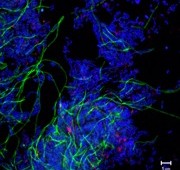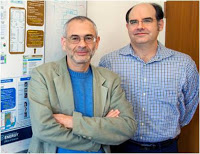Overcoming short-read genome sequence assembly challenges
The genome assembly challenges posed by short sequence reads from sequencing platforms such as 454/Roche and Illumina are well-documented; the lack of reference genome data can hinder attempts to put together the myriad of short DNA sequences. Researchers from the Georgia Institute of Technology and the DOE JGI wanted to determine the impact of short… [Read More]

